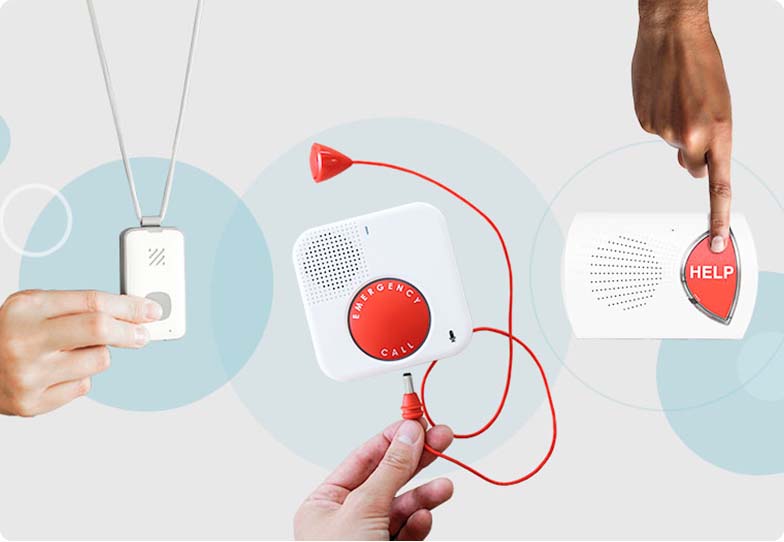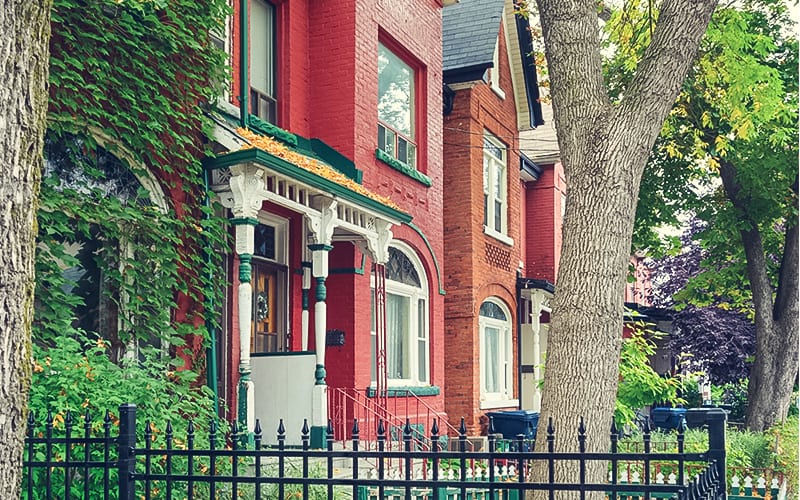Lead’s physical properties, low cost, and ease of use have made it a popular additive to products like cosmetics, pipes, and paint. Lead paint was preferred over other paints because it covers more area, is water resistant, and lasts longer. However, lead is also highly toxic, which is why the federal government regulated its use in consumer goods to prevent widespread lead poisoning. Keep reading to learn about lead and what to do if you encounter it.
Your Complete Guide to Lead Poisoning in the Home
SafeWise experts have years of firsthand experience testing the products we recommend. Learn how we test and review.
What is lead poisoning?
Lead is a toxic heavy metal that can stay in a person’s body for years after they breathe or ingest it. Lead buildup can lead to symptoms like headaches, tiredness, irritability, and infertility. Pregnant women and young children are especially at risk, as it can lead to birth defects and developmental problems.
If you think you or a loved one is suffering from lead poisoning, go to a doctor immediately for treatment.
By signing up, you agree to our Terms and Conditions and Privacy Policy.
Do I need to worry about lead in my home?
In the 1970s, the United States Consumer Product Safety Commission banned the use of lead in most products, especially paint used in houses and on furniture and toys. This means that the vast majority of modern American consumer products do not contain lead.
However, if your home was built before 1978, there is a chance that lead was used in the paint or to solder together copper pipes. The older your home is, the more likely it has lead in it—around three-quarters of US homes built before 1960 have lead in them.
How can I find out if there is lead in my home?
If your home was built after 1978, you have a very low lead risk. If you’re concerned about lead in your home or have an older home, here are a few ways you can find out.
Seller disclosure
Home sellers are legally obligated to disclose any lead-based paint in the home before selling it.
Home inspection
The Environmental Protection Agency (EPA) has a list of certified professionals who can inspect your home and use lead test kits to determine if lead paint is present. The EPA recommends that only certified professionals use these kits. The professional can also perform a risk assessment, which alerts you to any hazards or problem areas with the lead in your home.
Water test
It is less likely that you have lead in your water, but if you’re concerned, contact your water provider. They will either test your water or refer you to a laboratory for testing. If you have lead, it could be in the utility’s pipes, and you may need to purge them. If the lead is coming from the pipes in your home, you’ll likely need to replace them.
What do I do if there is lead in my home?
If you have lead in your home, it doesn’t necessarily mean that you are in danger, but you should take a few simple precautions.
Remove paint flakes regularly
In general, lead paint doesn’t pose a problem unless it chips or flakes. If you notice this happening, carefully remove the flakes and wipe down the area with a wet paper towel. If you must sand the area, wet it before you begin and clean it thoroughly with disposable cleaning products.
Clean your home often
Clean your home at least once a week by damp mopping and steam cleaning. Whenever possible, use disposable cleaning products and paper towels. Avoid cleaning methods that produce lots of dust, like dry sweeping and beating rugs. Only use a standard vacuum if your home has no visible chipping or flaking. If there are flakes, you should use a vacuum with a HEPA filter.
Maintain the outside of your home
Lead paint may be on the exterior of your home as well. As paint flakes chip over time, lead can contaminate the soil around your home. Clean the outside of your home in the same way you do inside, and you may want guests to leave their shoes at the door and wash their hands when they come inside. Avoid growing edible plants in lead-contaminated soil, but bushes and shrubs can help keep kids away from potentially dangerous areas.
How to renovate a home that has lead paint
If you want to renovate your home, the safest thing to do is hire a lead-safe contractor certified by the EPA. Alternatively, if you are a DIY kind of person, follow the EPA’s advice.
Set up safely
Before you start, completely empty the room you want to renovate of everything, including furniture, food, and clothing. Keep windows closed and use plastic to wrap air conditioning units, heating vents, and anything else that cannot be removed. Wear protective clothing, and buy a quality respirator with a HEPA filter.
Control dust
If your renovation involves removing paint, spritz water on the surface before sanding the area. You may still end up with some dust, so clean the site frequently with disposable cleaning products, and replace them often. It’s important to keep dust out of the rest of your home, so wear coveralls and shoe covers in the renovation area, and launder them separately from your other clothes.
Clean up completely
When you finish your renovation, fold all plastic so that the side that was exposed to the room is inside the fold, and dispose of it. Then, clean the whole room again with a wet mop and HEPA-filter vacuum before bringing furniture and other items in.
Thankfully, lead poisoning is now rare, especially if you live in a newer home. If you live in an older home, make sure to test for lead.
Related posts on SafeWise
Recent Articles



